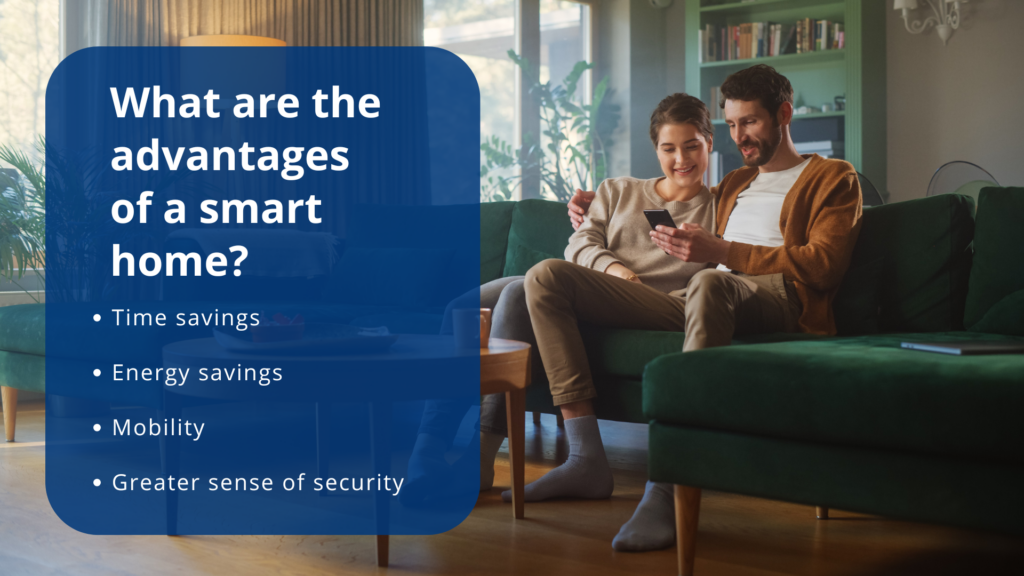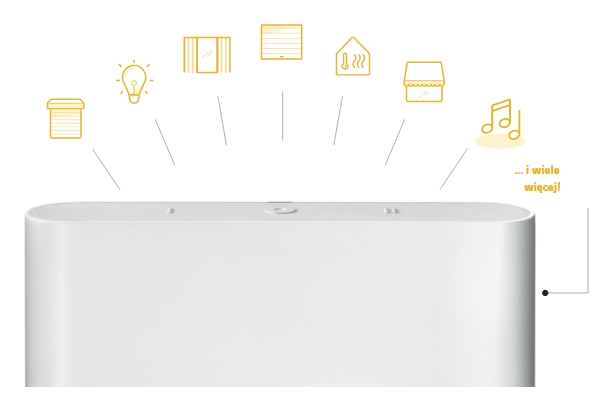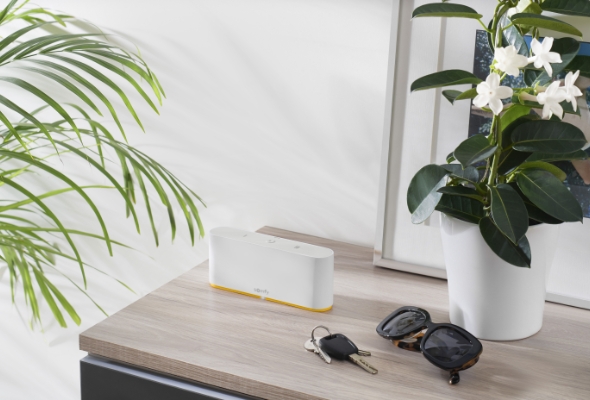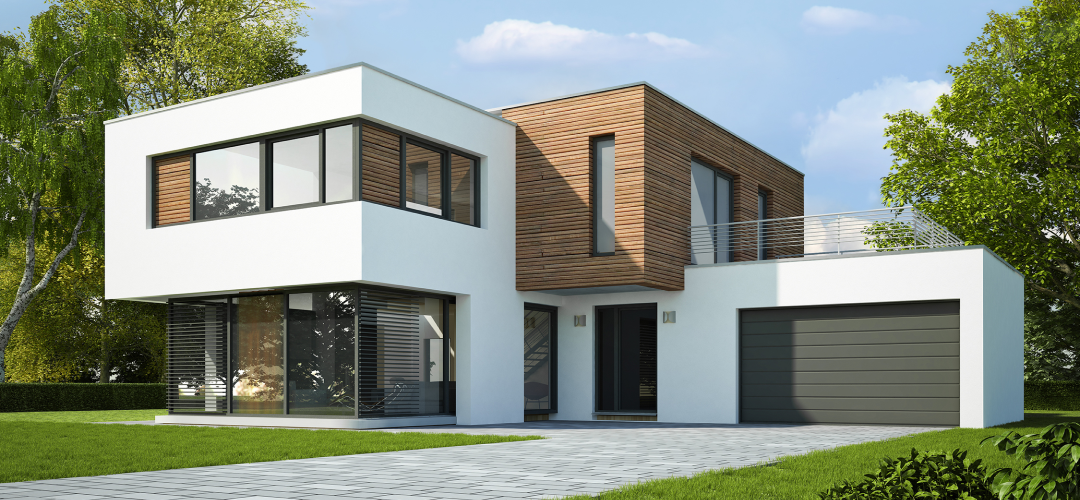What is a smart home system?
A smart home system allows for remote control and integration of various products and devices within a single home network. It’s a comprehensive solution enabling automation of different aspects of home life, based on the Internet of Things (IoT) concept. With just a click or a voice command, you can – for example – lower the blinds, open the garage door, or tilt the pergola roof.
You can also create customized scenarios that trigger specific actions at designated times. For instance, if you want the sun to wake you up as your blinds automatically open and your car to be ready to go with the garage door already open, all you need to do is program a mode – let’s call it “Pleasant Morning”.

IoT – what does the Internet of Things mean?
The concept of IoT stands for the Internet of Things. It refers to the interconnection of devices and everyday objects in a way that allows them to exchange data with one another without your direct involvement. In practice, this means they are equipped with sensors that collect data and send it to a network. The information is then processed and analyzed, helping to improve the efficiency of various processes at home. Implementing smart home solutions has become much easier thanks to technological advances and the widespread availability of IoT devices since the end of the last century.
What are the advantages of a smart home system?
Simply put, the main advantage of a smart home is the improvement in quality of life and the simplification of everyday routines.
The advantages of a smart home system in a nutshell
- Time-saving and convenience
Adjust your home environment to your needs from the comfort of your armchair. Devices can operate autonomously without your involvement. - Energy savings
By intelligently managing lighting, heating, and air conditioning, you can reduce your energy consumption. - Mobility
Want your plants to be watered while you’re on vacation but suddenly remember mid-trip that you didn’t leave a key with anyone? No problem—just use your smartphone app to unlock the door! This is just one of many remote control features a smart home can offer. - Enhanced sense of security
You can monitor your home and receive alerts from anywhere in the world. If you’re worried about a break-in, you can simulate your presence by, for example, opening the blinds or turning on lights in different rooms.

Smart home – how to control it?

Buttons located in the control unit

Control via mobile app

Voice assistant commands
A smart home primarily requires a central control unit that integrates all devices via Wi-Fi or Bluetooth and processes data within the entire system. This is the key element that allows the user to remotely control and monitor devices in their home. One example of such a control unit is the TaHoma switch by Somfy.
Access to the control unit is possible through an app on a smartphone, tablet, or computer, enabling convenient and easy management of the smart home system. Commands within the system can also be given using a voice assistant or buttons located on the control unit itself.
The control unit holds the American UL cybersecurity certification, which guarantees that the data processed in the smart home is properly encrypted.
Importantly, the device features a minimalist design and compact size, making it easy to integrate into various types of interiors. After all, the word “smart” sets high standards!
What devices make up a smart home?

Thanks to the central unit, you can integrate and automate the operation of, among others:
- blinds,
- shutters,
- screens,
- awnings,
- pergolas,
- garage doors,
- entrance doors (locks),
- lighting.
Dreaming of a smart home?
Want to start a B2B partnership? Fill out the form or contact us directly:
mobile.: +48 693 309 665
e-mail: windows@filplast.pl

